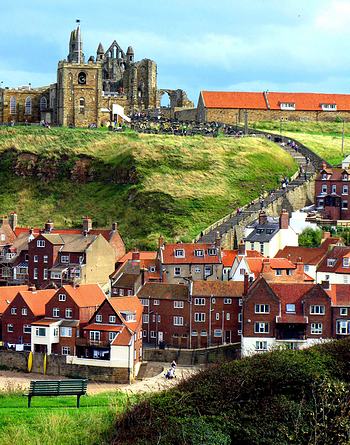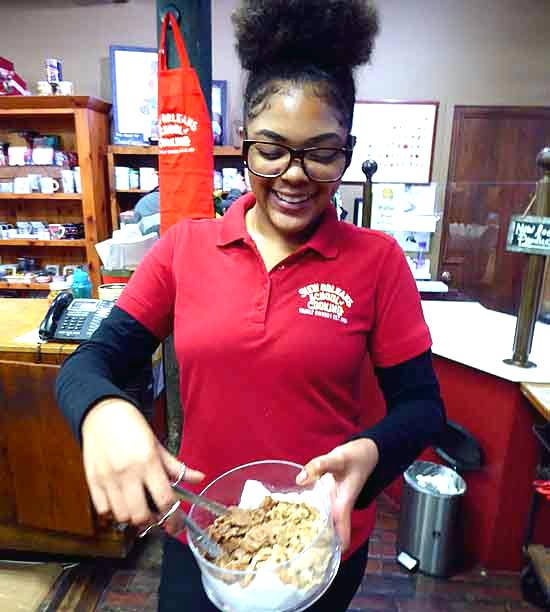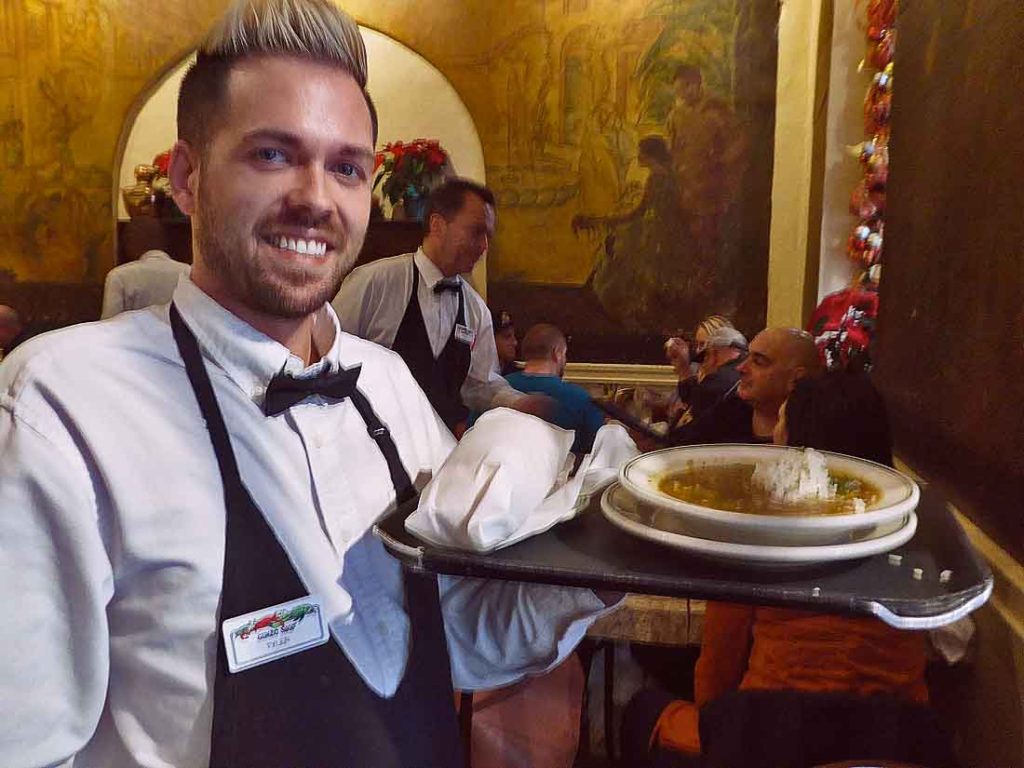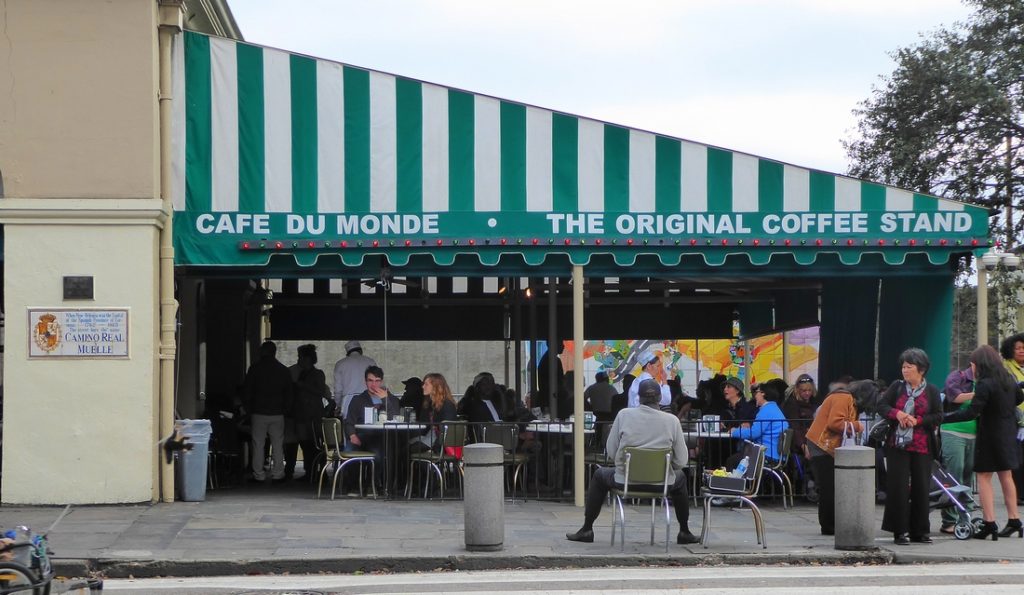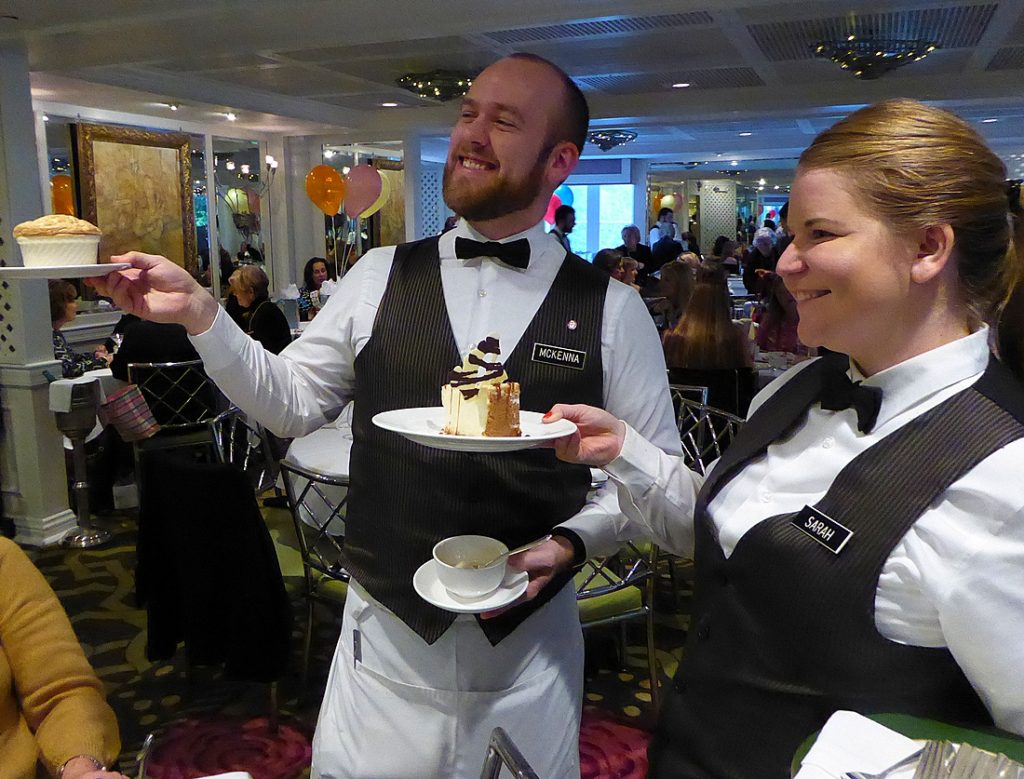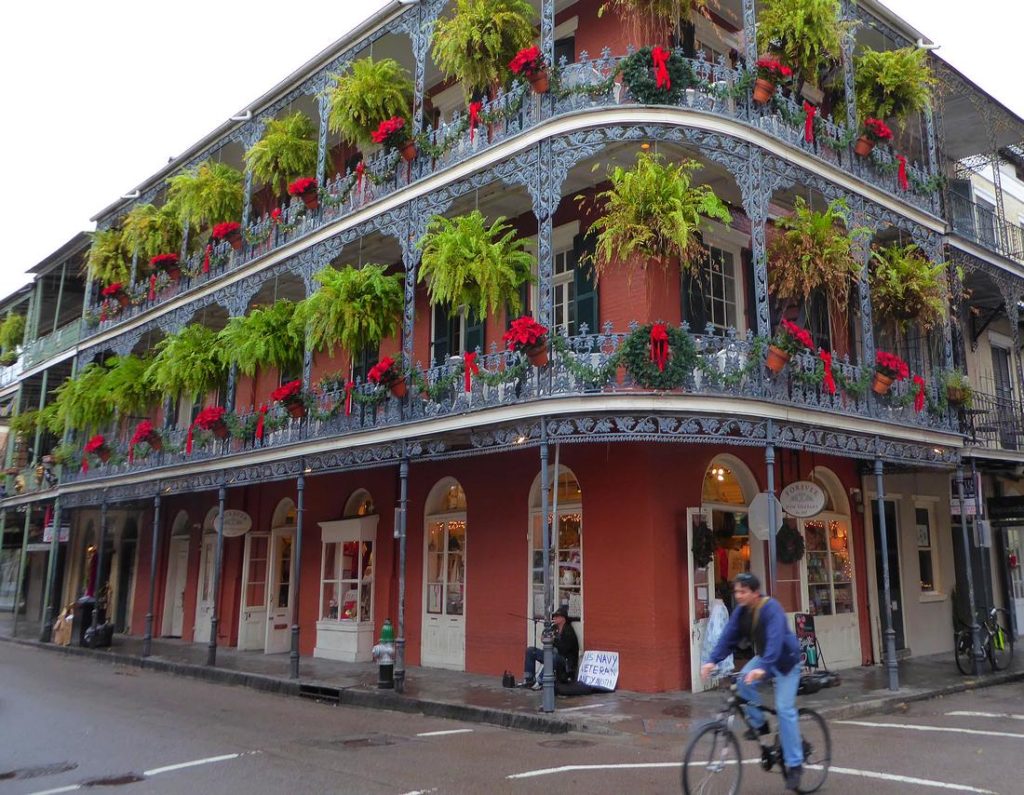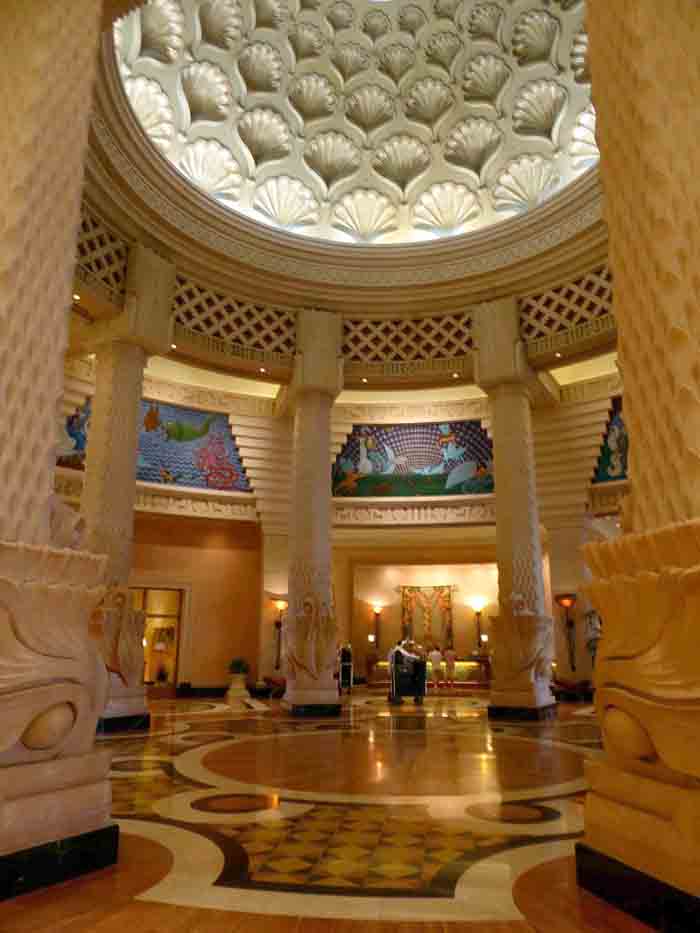
Living the Atlantis fantasy on Paradise Island, Bahamas
It takes a certain audacity to create a resort themed to the lost city of Atlantis. Royal Towers was the first hotel built on the 171-acre property of Atlantis (atlantisbahamas.com) on Paradise Island in the Bahamas. It still embodies that fanciful vision of lost glory. Much has been written about Atlantis since it opened more than 20 years ago, but you do have to see it to believe it. It's so over-the-top that it is almost impossible not to be caught up in the tale of the drowned city first related by Plato. The sunny Bahamian weather certainly doesn't hurt, but it was the artwork that drew me in. As soon as I stepped out of a taxi, I was greeted by a gigantic fountain...Read More

